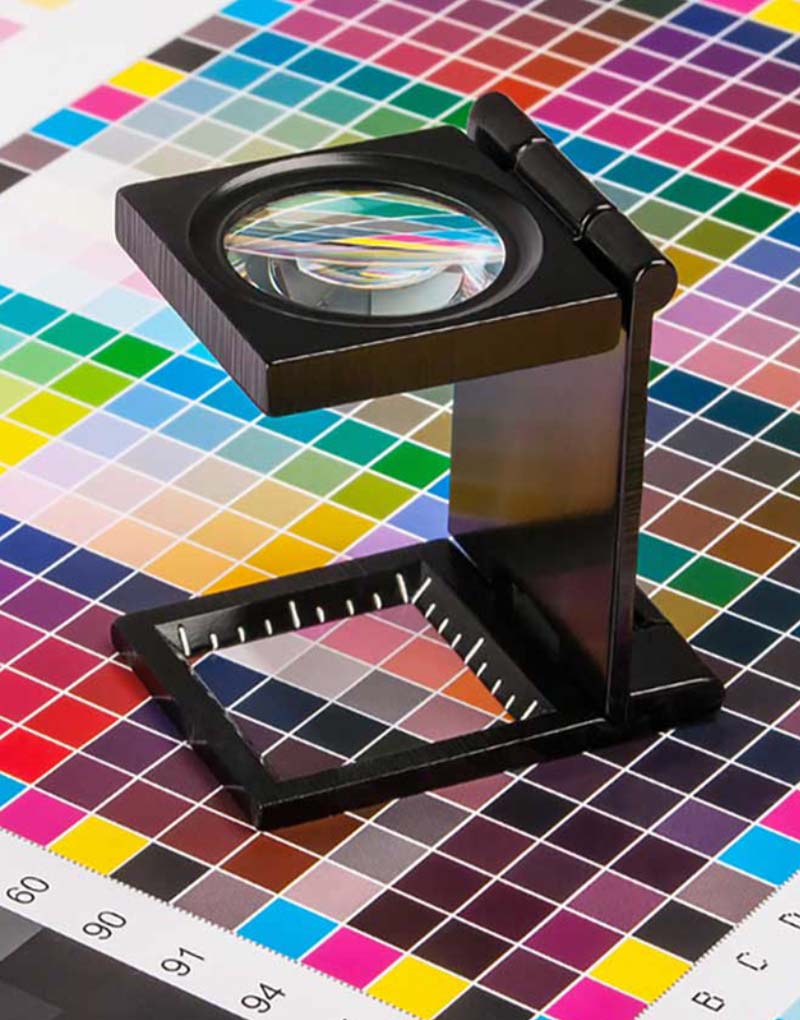Unique Designs Enhanced Through litho printing
Unique Designs Enhanced Through litho printing
Blog Article
A Comprehensive Guide to Understanding Litho Printing Strategies
The globe of litho printing, a technique stemming from the late 18th century, is an interesting blend of background, development, scientific research and art. This detailed guide will unravel the complexities of this printing approach, from the structure of litho inks to the challenges dealt with in modern applications. As we venture into the ins and outs of lithography, the importance of automation and sustainability in ensuring its future importance ends up being significantly clear. Stick with us as we journey into the exciting world of litho printing.
The Historical Evolution of Litho Printing
The historic trajectory of litho printing, a crucial innovation in the realm of communication, is a fascinating story of human resourcefulness. Birthed in the late 18th century by Alois Senefelder, this strategy was originally an economical method of publishing theatrical works. Lithography, stemmed from the Greek words for 'rock' and 'to create', made use of a smooth rock surface to transfer images onto paper. The process developed with the introduction of the rotary press, which considerably raised performance (litho printing). In the 20th century, the technology of offset lithography revolutionized the industry, enabling mass production of premium prints. Each stage of litho printing's advancement showcases humanity's relentless pursuit of performance and quality in aesthetic communication.
Translating the Scientific Research Behind Litho Printing Inks
Relocating ahead in the exploration of litho printing strategies, the emphasis currently moves to the scientific research behind litho printing inks. The composition of these inks, their drying out procedure, and shade mixing methods form the backbone of this intricate art form. Comprehending these aspects is vital to mastering the craft and accomplishing the preferred print outcomes.
Structure of Litho Inks
In lithographic printing, the essential duty of litho inks can not be overstated. Pigments, the color-providing elements, are carefully ground bits suspended in the vehicle, a liquid that carries the pigment onto the printing surface. Each element plays a vital part in the final print's top quality, making the precise formulation of litho inks an elaborate scientific research.
Ink Drying Process
From the structure of litho inks, interest turns to the remarkable procedure of ink drying. The drying process is critical, as it affects the final print's high quality and longevity. Two key approaches are made use of in litho printing: oxidative drying and absorption. Oxidative drying includes the ink reacting with oxygen airborne to form a hard, completely dry film. This approach provides a durable finish, yet can be slower compared to absorption. Absorption, on the various other hand, includes the ink seeping right into the paper fibers, which is a quicker procedure but can cause less vivid colors. The choice between these approaches is dependent upon variables such as print speed requirements, the paper kind made use of, and the desired surface.
Color Mixing Strategies
While the drying process plays a vital function in litho printing, the scientific research of shade mixing strategies holds equal value. The science behind litho printing inks additionally takes into account the transparency of the ink, which impacts how shades overlay and mix.
The Art and Layout Elements in Litho Printing
Litho printing takes a breath life right into art and style through its unique aspects. Litho printing accommodates a variety of colors, enabling artists to create vibrant and dynamic prints. This mix of precision and adaptability makes litho printing a favored option for many artists and designers.
Modern Applications of Litho Printing Methods
Litho printing methods have located comprehensive use in the helpful resources modern-day business market. Its impact and relevance continue to grow with the introduction of new advancements and modern technologies in the area. This section will certainly check out these contemporary applications and the transformative role they play in the printing industry.
Business Litho Printing Makes Use Of
Litho printing continues to be an important part of the industrial market. High-volume printing jobs, such as the production of books, papers, and product packaging, rely on litho printing for its capability to provide exceptional image top quality and price performance. Litho printing likewise provides a wide shade range, premium to that of digital printing.
Innovations in Litho Printing
Pushing the limits of standard techniques, modern-day developments have actually sustained a host of developments in litho printing. These advancements have not only improved the high quality and performance of litho prints but also increased its application range. One noticeable development is electronic litho printing, which incorporates the merits of electronic technology with litho's premium outcome. This crossbreed version uses faster arrangement times, minimized waste, and makes it possible for on-demand printing. Another significant improvement is the introduction of eco-friendly inks. These inks, made from vegetable or soy-based remedies, have substantially lowered the sector's environmental influence. litho printing. Additionally, the growth of sophisticated plate innovation has structured the printing process, resulting news in sharper pictures and improved color integrity. These developments emphasize the long-lasting importance of litho printing in the modern world.
Checking out the Process of Litho Printing: Step by Step

Obstacles and Solutions in Contemporary Litho Printing

Regardless of the accuracy and tradition that litho printing happily maintains, it is not without its collection of contemporary challenges. Digital litho printing enables for affordable short runs and easy modification, attending to the concern of variable data. Therefore, while there are difficulties, the litho printing industry is proactively adapting to satisfy them head-on, ensuring its importance in the future.
Conclusion
In conclusion, litho printing, with its abundant background and clinical complexities, holds a substantial location in the print industry. The future of litho printing pivots on its capability to adapt to these transforming demands, affirming its long-lasting value in an advancing market.

Report this page